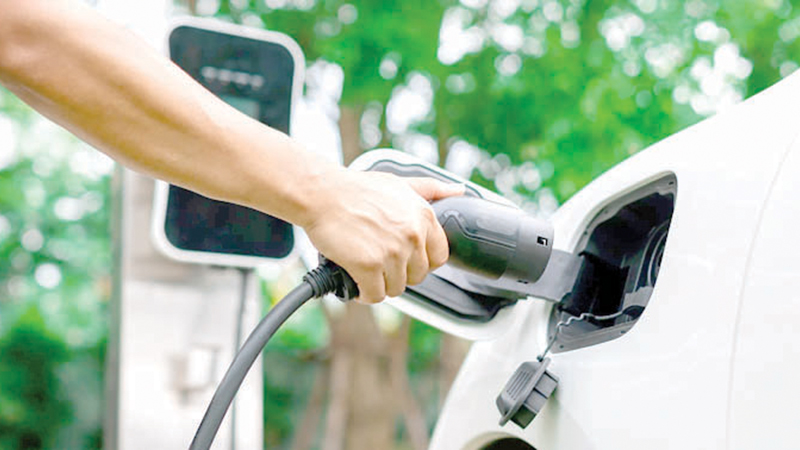The advent of affordable (in relative terms) Chinese Electric Vehicles (EVs) has shifted the automotive landscape in Sri Lanka totally. In fact, one Chinese brand is actually leading new car sales and registrations locally. Apart from two of its vehicles which have hybrid powertrains, the rest are pure electrics.
This indicates that Sri Lankans have no hesitation in going for new technologies if the price is right, even if the infrastructure is still not up to par. With this brand alone poised to sell at least around 5,000 more EVs this year alone, there is a dire need to push the envelope in terms of charging infrastructure. Add vehicles from other Chinese, Indian, Japanese and European brands to the mix and Sri Lanka will soon reach a critical point vis-à-vis EV charging. Brands from the US, Malaysia and Vietnam are also waiting in the wings to launch their EVs here.
On the face of it, the easiest solution is to let everyone charge their EVs at home using the provided AC charger. But think again about how Sri Lanka generates the bulk of its power supply especially when there is no rain. We still use coal and diesel, both of which are fossil fuels, to generate the major proportion of power. Hydro, wind and solar pale in comparison with thermal power.
But the caveat is that by plugging into the AC mains supply to power EVs, the owners and drivers are essentially driving them on fossil fuels. This is not the ideal solution. Imagine the drain on the national grid if around 10,000 EVs plug in once or twice a week.
But does that mean we should discourage the import and purchase of EVs? Not at all. This columnist has been arguing the case for pure EVs in this newspaper and the Daily News for at least the last 10 years.
We have always called for concessions and incentives to be granted for the import and purchase of EVs and campaigned to keep 2035 as the cut-off date for the registration of fossil fuel powered passenger vehicles, if not buses and trucks. Moreover, when the time comes for renewing the vast Government vehicle fleet, EV and hybrid should be the way to go.
The question is, how do we reconcile these two extremes? First, the Government should encourage the purchase and installation of solar panels targeted specifically at charging EVs at home and workplaces. Duty and tax concessions should be granted for all the equipment associated with such solar charger installations. In fact, it is advisable to bring a law that all those who purchase an EV or even plug-in hybrids (PHEVs) should also purchase a solar charging set-up. These can be sold by the car dealers themselves through third parties that specialise in solar power. This will free up the grid capacity for normal usage.
It is also important to make it mandatory for every new filing station to have a DC supercharger, which can also be retrofitted to existing filling stations in main towns and cities. The advantage of a supercharger is that they can fill up any battery in about 30 minutes, as opposed to around 7-8 hours for a home AC charger.
Several supermarket chains have also begun installing superchargers in their parking lots. DC superchargers are really expensive (US$ 40,000 to US$ 200,000 per unit), but if the authorities give duty and tax concessions or even make them completely duty and tax free, the Return on Investment (ROI) will be realised sooner rather than later. There are also a few private companies that are bringing in and installing DC superchargers, which should also be given concessions.
Most EV owners still do not take their cars on outstation drives due to the lack of charging infrastructure. (It has been observed that most new EV owners also have a petrol or diesel car at home for that purpose). “Range anxiety” has mostly been addressed by manufacturers as most EVs can now do at least 400 Km on a full charge, which is fine for city running for a few days. But think of a bigger trip such as Colombo-Jaffna-Trincomalee-Colombo and you will need to juice up every now and then.
That paucity of chargers should be addressed without delay so that EV owners do not have to worry about finding charging points when the juice is about to run out. Happy journeys in your new EV.






